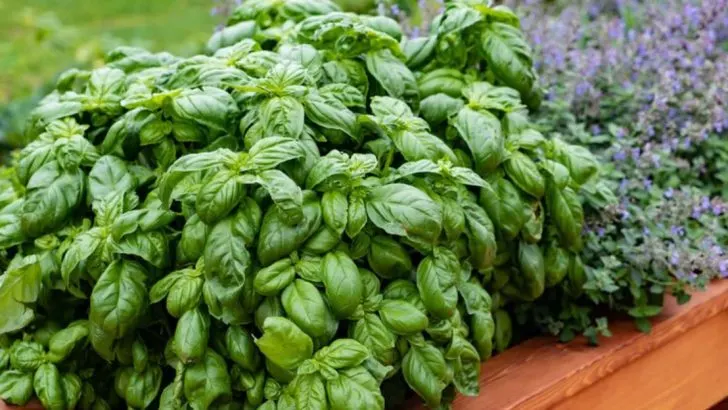Growing herbs can be incredibly rewarding, but even experienced gardeners make common mistakes that affect their flavor, growth, and longevity. Whether it’s planting them in the wrong soil, overwatering, or failing to prune them properly, these errors can lead to weak or unhealthy plants. To help you get the most out of your herb garden, here are 12 popular herbs that many people grow incorrectly – and expert tips on how to fix those mistakes.
Basil
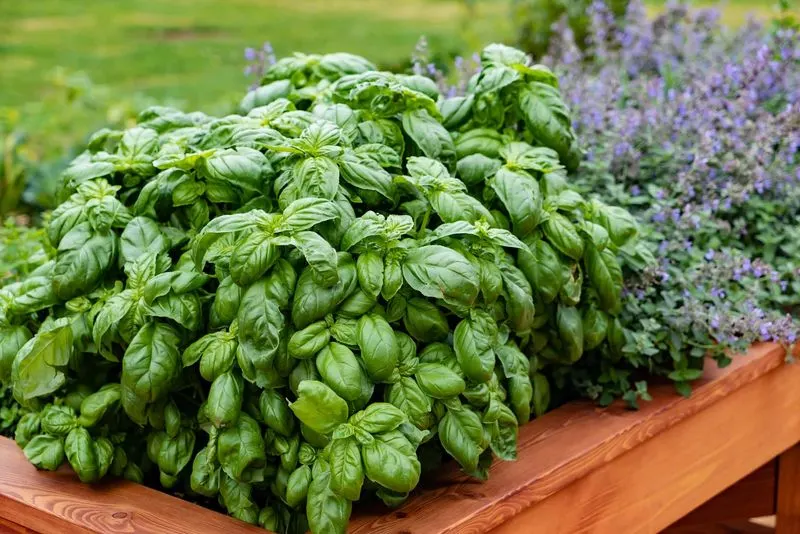
Many believe basil thrives in full sun, yet it can suffer under too much heat. Providing morning sunlight and afternoon shade is ideal.
Consider watering deeply but infrequently, allowing the soil to dry slightly between sessions. This prevents root rot, a common issue when the plant sits in moist soil.
Pruning is another area often overlooked. Regularly pinching the tops encourages bushier growth, producing more leaves for your culinary adventures. Skip the temptation to let it flower; doing so can lead to bitter-tasting leaves. A little care goes a long way in keeping basil robust.
Thyme
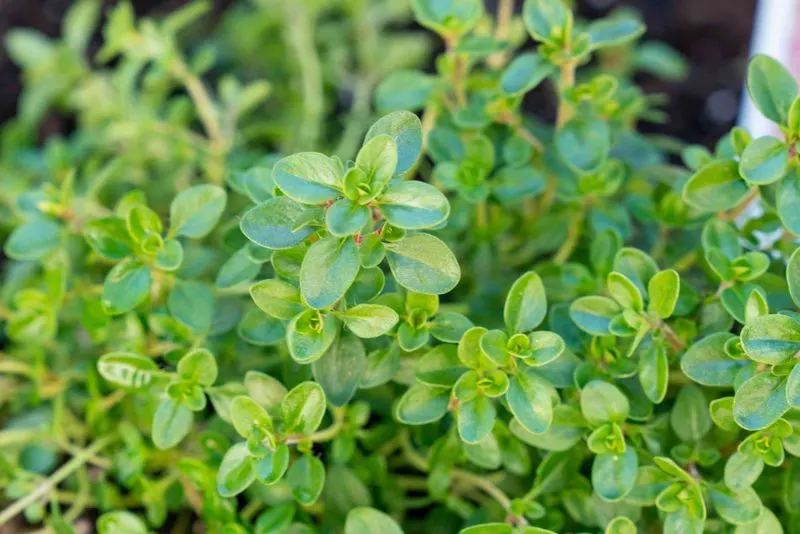
Thyme prefers rocky, well-drained soil, replicating its Mediterranean origins. Overwatering is a frequent misstep, leading to root problems.
Placing thyme in a pot with good drainage can mitigate this. It’s a sun lover, needing at least six hours of light daily.
When harvesting, avoid stripping the plant bare. Leave enough to promote regrowth, and it will continue to thrive. Remember, thyme is forgiving but does not appreciate soggy roots or heavy shade. Understanding its natural habitat helps in recreating ideal growing conditions at home.
Mint
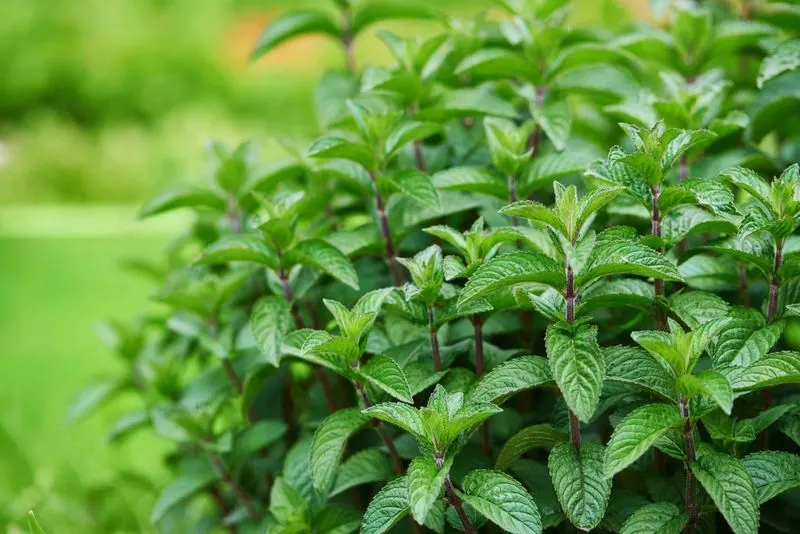
Mint’s vigorous growth can quickly turn invasive, taking over garden beds if unchecked. Planting it in a pot helps control its spread.
Choose a spot with partial shade and moisture-rich soil to keep it happy. It doesn’t need much encouragement to grow but does appreciate regular trimming.
Pinch back the tips to encourage bushy growth and prevent it from flowering. This keeps the flavor bold and robust. Managing mint’s enthusiasm is key to preventing it from overshadowing its neighbors.
Cilantro
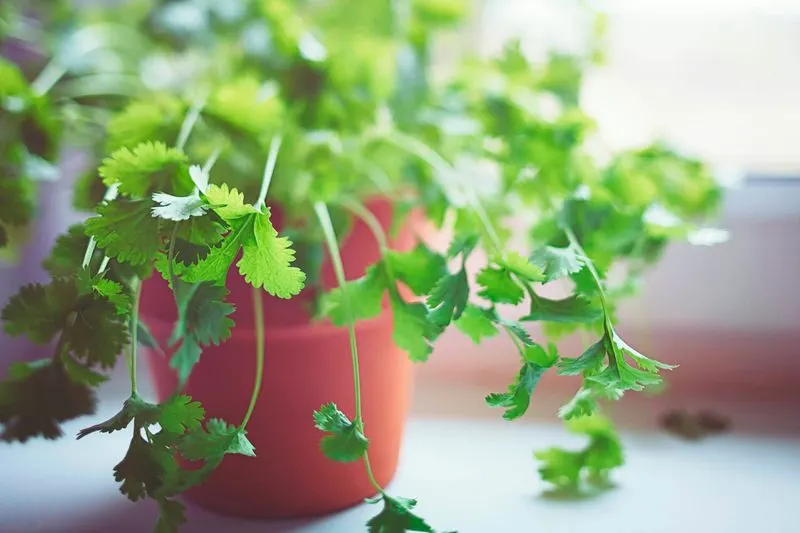
Cilantro is known to bolt quickly in hot weather, leading to a short-lived harvest. Planting in cool, shaded areas prolongs its life.
Regular harvesting also delays flowering, keeping the leaves fresh and flavorful.
Ensure the soil is consistently moist but not waterlogged. Too often, cilantro is left to dry out, causing stress and premature bolting. A consistent watering schedule and periodic feeding can make all the difference.
Parsley
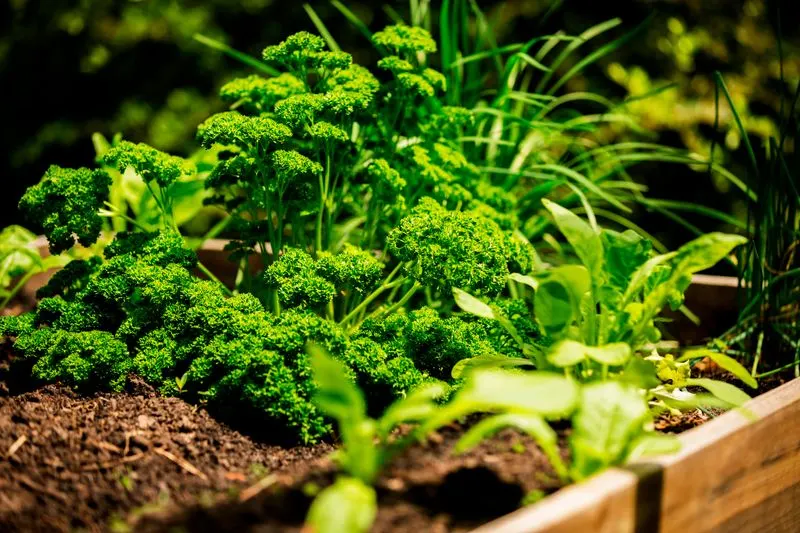
Parsley’s sensitivity to its environment can lead to yellowing if not managed carefully. It thrives in well-drained, nutrient-rich soil.
Partial shade suits parsley well, avoiding the midday sun. Regular trimming prevents legginess and encourages fresh growth.
Be mindful of overwatering, a common error that causes root rot. Allowing just enough moisture ensures parsley remains vibrant and productive. Consider using compost to boost soil nutrition, supporting its lush, green appearance.
Rosemary
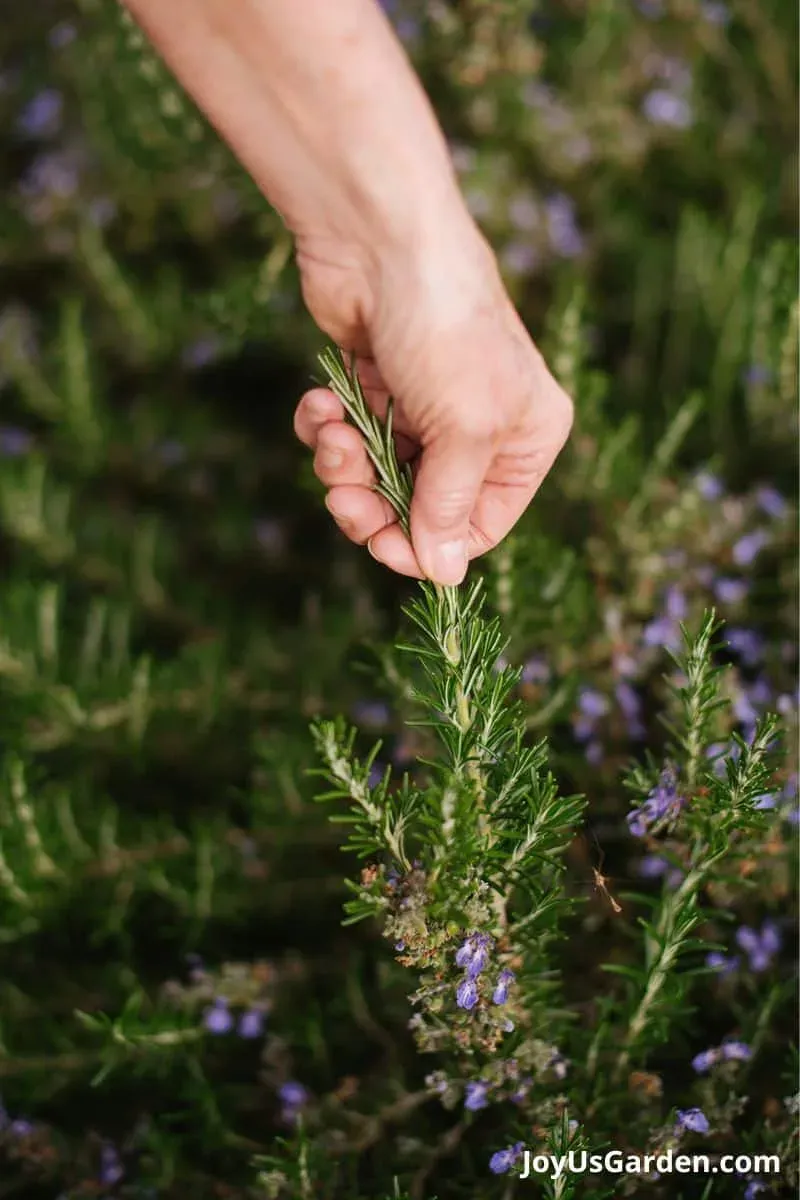
Rosmarinus officinalis, commonly known as rosemary, favors sunshine and well-drained soil. Overwatering is its nemesis, often leading to root rot.
Ensure pots have drainage holes, and water only when the topsoil feels dry. Rosemary’s resilient nature thrives in slightly sandy soil.
Pruning regularly maintains its shape and encourages bushy growth. Be careful not to strip its leaves entirely, allowing enough foliage for photosynthesis. Rosemary’s strong aroma and flavor are best preserved with a little attention to its growing conditions.
Oregano
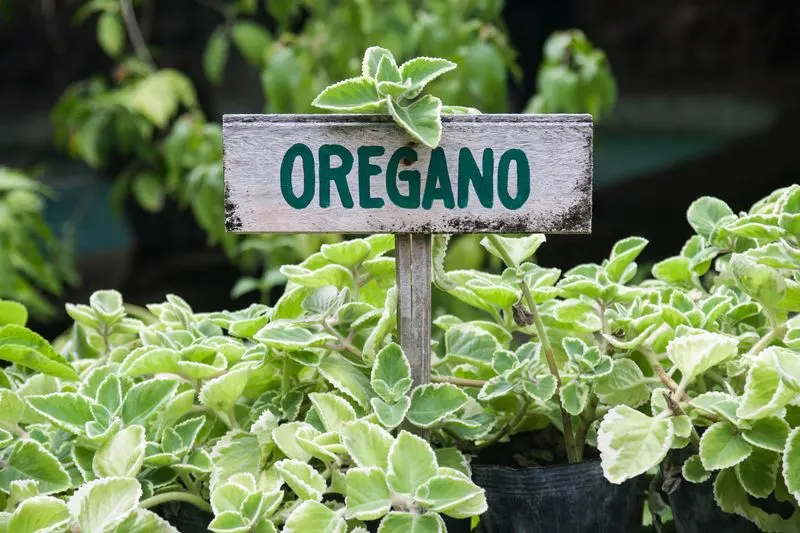
Oregano enjoys a sunny spot and well-drained soil, mimicking its native Mediterranean climate. Overwatering is a frequent mistake that leads to poor growth.
Regular pruning enhances bushiness and flavor, but avoid cutting more than a third of the plant at once. This prevents stress.
In colder climates, consider bringing oregano indoors to protect it from frost. Its robust nature makes it a culinary favorite, but understanding its preferences ensures a thriving plant.
Chives
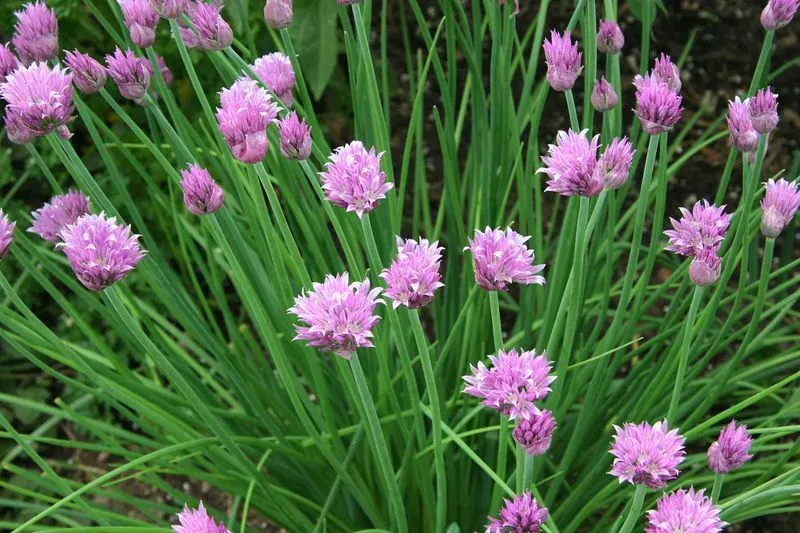
Chives thrive in full sun and rich, well-drained soil. They can become floppy if not given enough light.
Regular trimming promotes new growth and prevents the plant from becoming too woody. Avoid overwatering, as soggy conditions lead to root problems.
Dividing clumps every few years revitalizes the plant, ensuring continued productivity. Chives’ delicate onion flavor is a kitchen staple, best maintained through mindful care and attention.
Sage
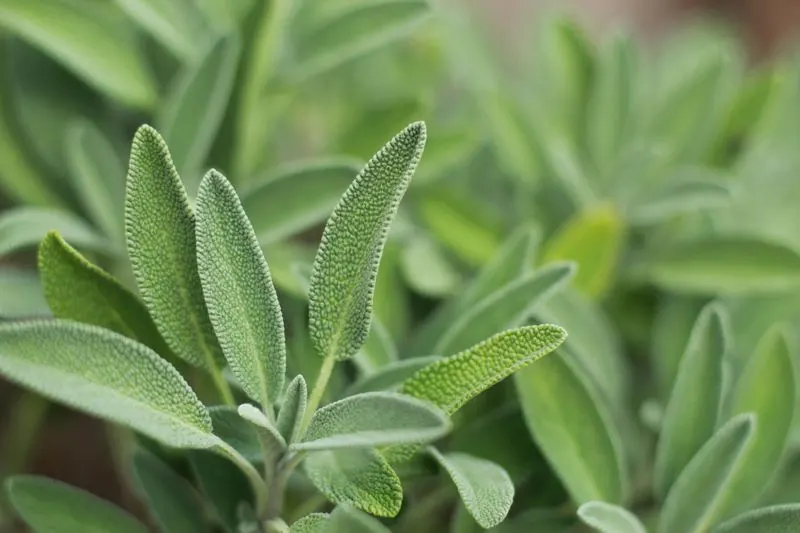
Sage requires a bright, airy environment to flourish. Too much humidity can cause mildew, affecting its growth.
Ensure the soil drains well and avoid overhead watering to keep leaves dry. Trim regularly to encourage a bushy habit and remove any dead or diseased foliage.
A sunny windowsill is perfect for indoor cultivation, providing it with the light needed. Remember, sage appreciates a gentle touch and consistent conditions.
Lavender
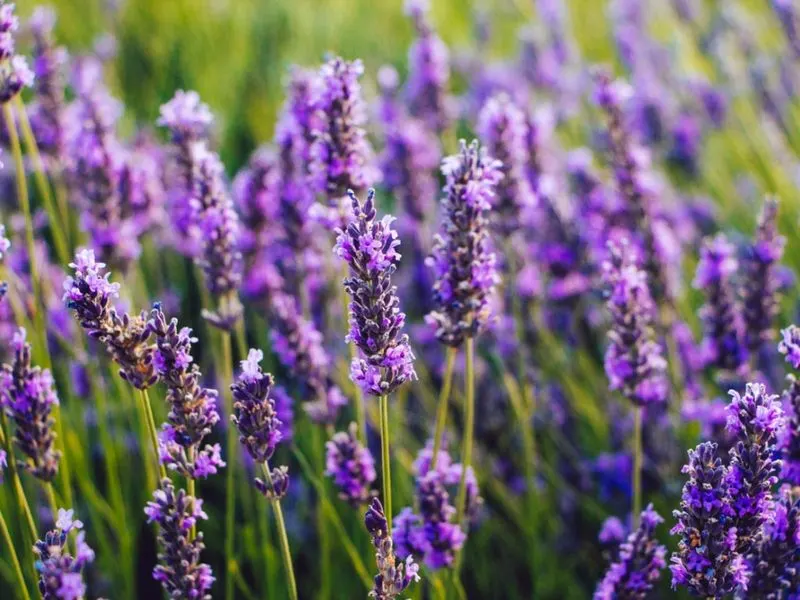
Lavender thrives in sunny, dry conditions and well-drained soil. Excessive moisture leads to root rot, a common pitfall.
Prune after flowering to maintain shape and encourage next year’s blooms. Avoid cutting into old wood as it may not regrow.
A location exposed to full sun is ideal, but ensure it is sheltered from harsh winds. Lavender’s soothing aroma and vibrant flowers brighten any garden when nurtured correctly.
Lemon Balm
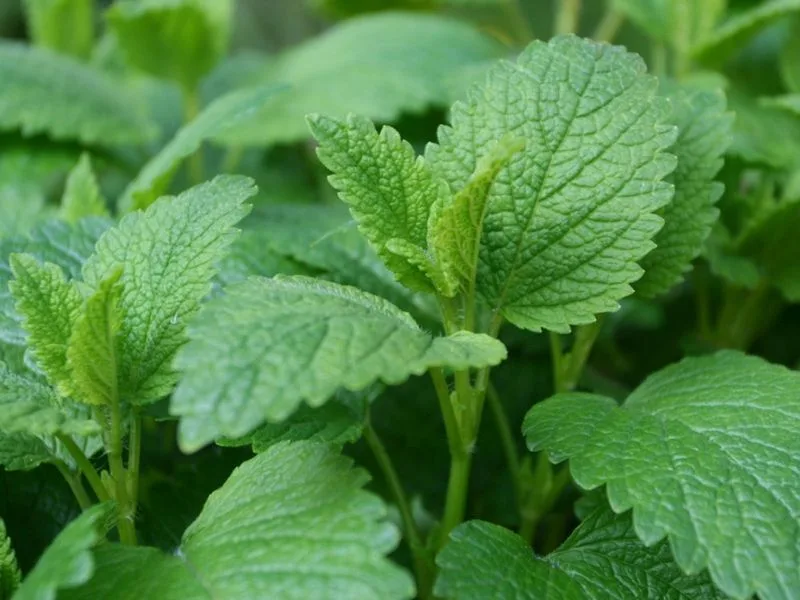
Lemon balm prefers partial shade and well-draining soil. It’s prone to wilting in intense heat, so positioning is key.
Water regularly, but let the top inch of soil dry out between sessions. This keeps roots healthy and prevents rot.
Trimming back the plant encourages fuller growth and enhances its lemony scent. Keep an eye on its spread, as it can become invasive without regular pruning. Lemon balm adds a refreshing touch to gardens, but requires thoughtful management.
Dill
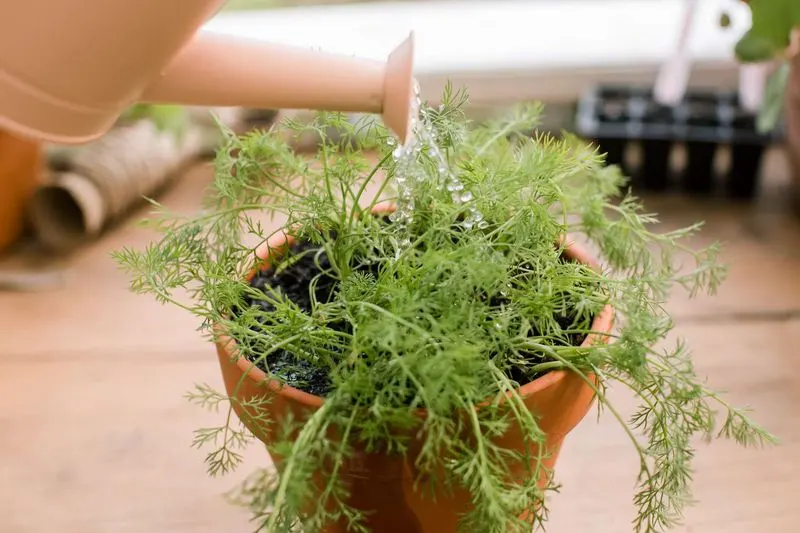
Dill loves full sun and well-drained soil, but it often bolts in hot weather. A cooler spot delays flowering.
Frequent harvesting of foliage promotes new growth and keeps the flavor fresh. Avoid letting seeds form unless you’re planning to collect them.
Supporting the stems can prevent bending, especially in windy conditions. Dill’s feathery leaves and distinct aroma make it a unique addition to any herb collection, thriving with careful tending.

